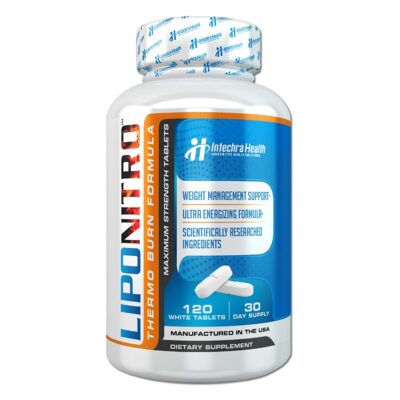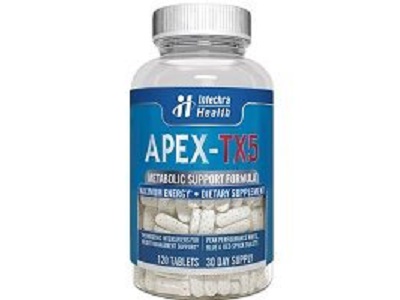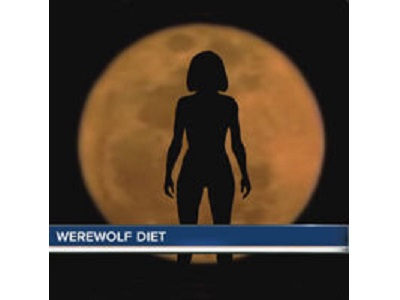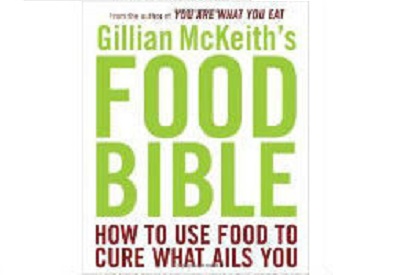
Nov 1, 2022 | Vegetarian/Vegan Diets
Gillian McKeith’s Food Bible is a book that was written by clinical nutritionist and television celebrity, Gillian McKeith. It is meant to be used as a food reference. Gillian McKeith is the host of several BBC television shows. Among them, the largest and most famous has been “You Are What You Eat,” in which she assists obese individuals in identifying the foods and eating behaviors that are causing them to gain massive amounts of weight, and then guides them with healthier options. McKeith also wrote the 2-million copy internationally bestseller “You Are What You Eat.”
(more…)

Oct 20, 2022 | Vegetarian/Vegan Diets
The Purple Diet is a program that is also known as the Hollywood Diet or the 48 Hour Miracle Diet, among other names. Essentially, it is a juice diet program that claims that a dieter will be able to drop a whopping 10 pounds within a period of only 48 hours.
(more…)
Sep 26, 2021 | Mixed/Balanced Diets, Vegetarian/Vegan Diets
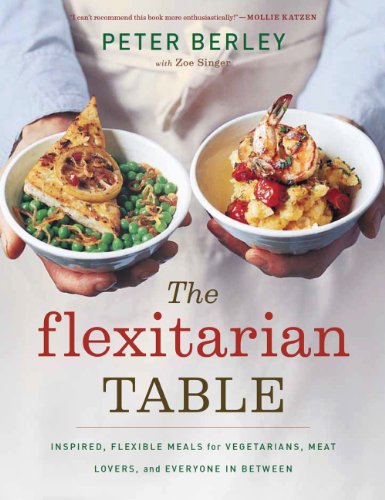 The Flexitarian Diet is a type of eating strategy that leans toward vegetarianism but without being strict about it. Its name was created as a combination of the words “flexible” and “vegetarian.” Overall, people who follow this diet will eat considerably less meat than the average person, but don’t completely give it up.
The Flexitarian Diet is a type of eating strategy that leans toward vegetarianism but without being strict about it. Its name was created as a combination of the words “flexible” and “vegetarian.” Overall, people who follow this diet will eat considerably less meat than the average person, but don’t completely give it up.
(more…)

Dec 21, 2020 | Vegetarian/Vegan Diets
The Hallelujah Diet is an extreme form of weight loss that claims to be a Holy Grail eating strategy. This, according to the creators of the diet, Reverend George Malkmus and his wife, Rhonda. They developed this diet based on biblical influence and inspiration.
What Is the Hallelujah Diet?
The Hallelujah Diet is 85 percent raw and unprocessed plant-based food consumption, that also includes 15 percent cooked plant-based foods. Malkmus and his wife created this eating strategy after having changed his entire diet to include only raw fruits, vegetables and carrot juice. He feels that this change saved his life 35 years ago following a cancer diagnosis.
Note: DietReviewing.com does not endorse, recommend or otherwise condone using this eating strategy following a cancer diagnosis or to treat or prevent any health or medical condition, disease or illness. Speak with your doctor for medical advice regarding your health.
According to Malkmus, the reason that he believes his Hallelujah Diet worked for him was that meat will “get trapped” in the digestive system, holding back elimination and leading to illness and toxicity. Though he does not cite any reputable body of research to support this claim, it is the cornerstone of this eating strategy. As a result, following this diet means eating only plant-based foods, primarily raw, to obtain the necessary nutrition for restoring damaged cells and achieving long-lasting health.
What Is on and off this Eating Strategy
The majority of the foods consumed on the Hallelujah Diet are raw. These include fruits, vegetables, beans, nuts, seeds, grains, fats, oils, seasonings and dairy alternative products. Permitted beverages include re-mineralized distilled water, and freshly extracted vegetable juices.
The cooked portion of the diet allows baked sweet potatoes, whole grains, whole grain pasta, steamed vegetables, baked or steamed squash, and beans.
No meat, dairy or eggs can be consumed while following the Hallelujah Diet. Alcohol is also not permitted. Soy, processed fruits and vegetables, certain seeds and nuts, refined grains, certain seasonings, oils, soups and sweets must also be avoided.
Unsustainable Healthy Eating for Many Dieters
This diet may claim to be a key to healthy eating, but it represents a radical change in the way most people eat. For most people, changes this large are not sustainable. They will last for several weeks at the most, before individuals start to break away from such tight restrictions and return to older eating patterns and habits.
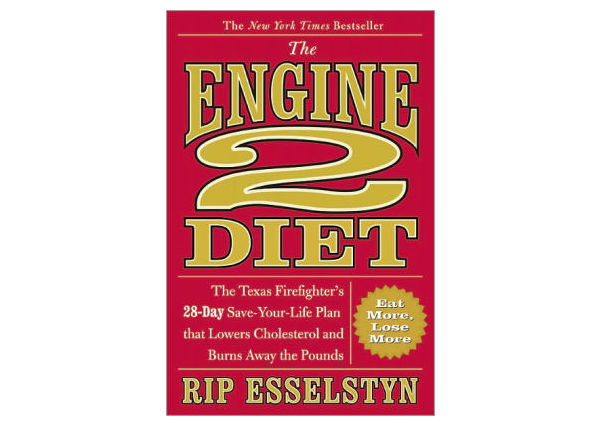
Sep 6, 2019 | Disease Prevention Diets, Vegetarian/Vegan Diets
The Engine 2 Diet is a weight loss and cholesterol reducing strategy developed by Rip Esselstyn. Esselstyn is a former firefighter from Texas and published his diet in a book called “The Engine 2 Diet: The Texas Firefighter’s 28-Day Save-Your-Life Plan that Lowers Cholesterol and Burns Away the Pounds.”
What is The Engine 2 Diet?
This is a plant-based diet which, according to its creator, is primarily focused on eliminating junk foods from an everyday diet.
The Engine 2 Diet refers to junk food as processed and refined foods as well as meat and dairy. Instead, the follower will consume only nutritious foods consisting of whole, plant-based options. The book encourages dieters to learn how to live, eat and cook in a way that is healthy overall.
Two 28-Day Plans
There are two 28 day diet plans that comprise the Engine 2 Diet. The first plan is called The Fire Cadet. That option is a more gradual approach to adopting this lifestyle. The second plan is called The Firefighter, which is far more extreme.
Dieters can choose one or the other of those two plans based on what they feel is most appropriate for their needs and expectations. At the same time, both the Fire Cadet and the Firefighter plan have identical goals. Their purpose is to take four weeks in order to eliminate junk, meat and dairy from a person’s diet. Instead, followers eat only vegetables, fruits, whole grains, nuts, seeds and legumes.
The Fire Cadet Plan
The Fire Cadet Plan is broken down into four weeks.
- During the first week, the dieter must eliminate all refined foods, processed foods and dairy from their diets (keeping in mind that this is the more gradual and moderate plan).
- In week two, all meat, poultry, fish and eggs are eliminated. During week three, any extracted oils (such as conola, olive and coconut) are eliminated.
- During week four, additional vegetables, fruits, whole grains, nuts, seeds and legumes are added to the diet.
This is clearly a restrictive diet, particularly at the beginning. Though it does progressively allow for additional food types to be consumed over time as the dieter moves through the four weeks, it certainly doesn’t mean that the dieter will be returning to a more traditional way of eating by the last week.
Firefighter Plan
On the other hand, the more intense Firefighter plan (that’s right, the Fire Cadet was the gentler of the two) dives right in at week four and continues that lifestyle for four weeks.
Therefore, right from the start, dieters will need to eliminate all animal based products as well as refined and processed foods and extracted oils. These are replaced with the fruits and veggies, legumes, whole grains, seeds and nuts.
The main difference between this plan and the Fire Cadet Plan is that there is a gradual progression in the first plan. This one plunges head-first into the restrictions that will be maintained over the complete 28 days.
Additional Restrictions
Moreover, the author also recommends that anyone following the diet should stop drinking any alcohol for at least the four weeks during which they are introducing themselves to the diet. This is true regardless of which plan you start with.
Engine 2 Diet Resources
To make things easier to understand, the Engine 2 Diet book provides a full list of what can and cannot be consumed at any given time throughout the 28 days. Many people who have followed this diet have found that this additional resource is an important investment into the diet.
The reason is that it can be difficult to know what is and is not allowed when it comes to the specifics. Even if full categories of the rules are understood, there are certain foods that can seem to be in a gray area and the dieter may need clarification.
Workout Plan
Beyond the eating strategy, the Engine 2 Diet also offers dieters an exercise plan. The plan is broken down into the four weeks so that the dieter can know what he or she should be doing as a workout at any given point throughout the 28 days.
Final Thoughts
Overall, this is considered to be a vegetarian or vegan diet, but only over the short-term, making it somewhat of a fad diet as opposed to one that is necessarily geared toward the longer-term.


 The Flexitarian Diet is a type of eating strategy that leans toward vegetarianism but without being strict about it. Its name was created as a combination of the words “flexible” and “vegetarian.” Overall, people who follow this diet will eat considerably less meat than the average person, but don’t completely give it up.
The Flexitarian Diet is a type of eating strategy that leans toward vegetarianism but without being strict about it. Its name was created as a combination of the words “flexible” and “vegetarian.” Overall, people who follow this diet will eat considerably less meat than the average person, but don’t completely give it up.


